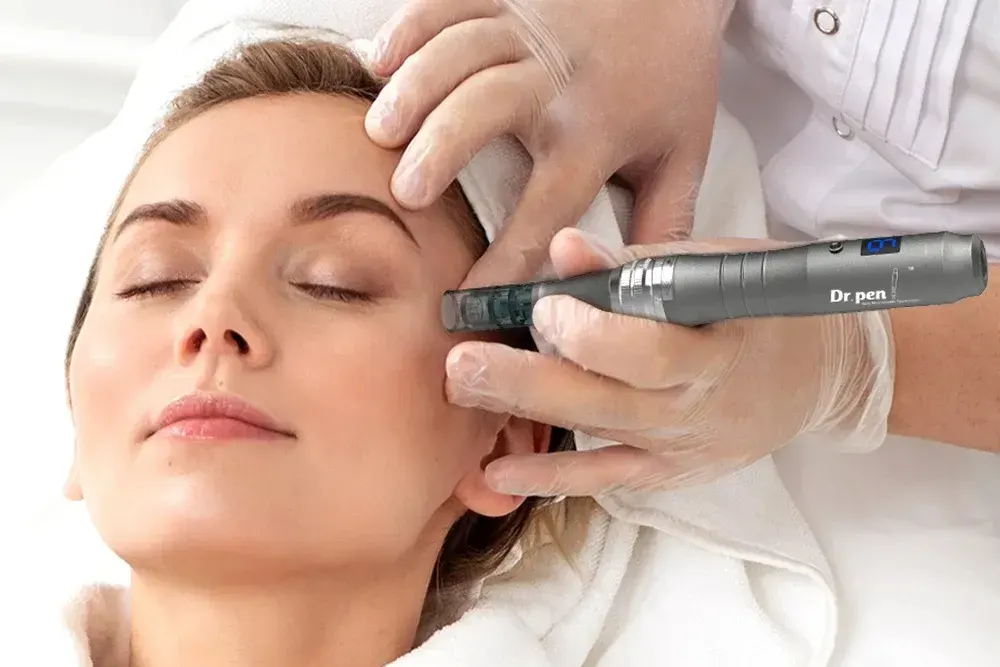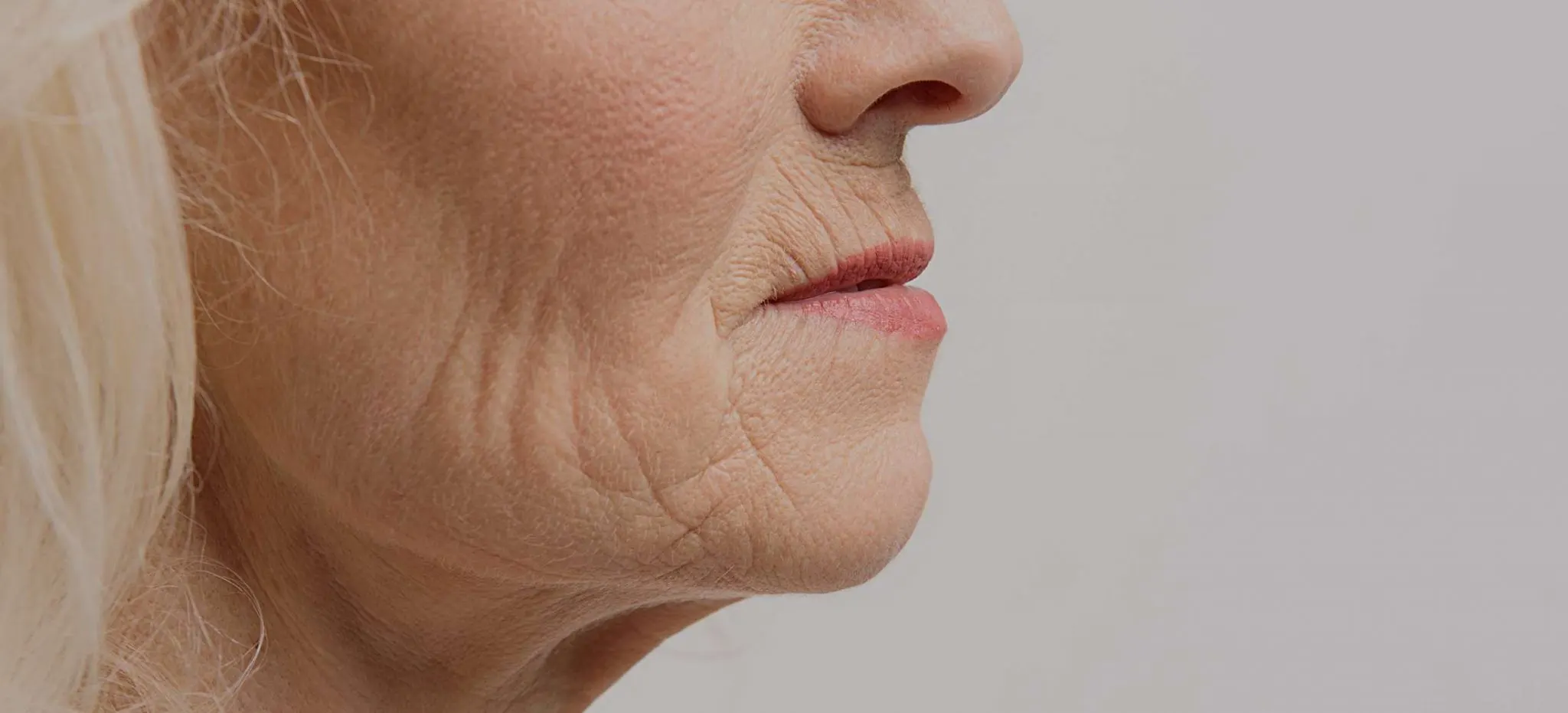In the realm of skincare, few tools have garnered as much curiosity and intrigue as the microneedling. Despite its popularity, there are still microneedling misconceptions and myths that leave many potential users hesitant and full of questions.
Today, we’re here to clear the air, addressing common concerns and debunking widespread myths to pave the way for informed, confident skincare choices.
Misconception 1: Microneedling is Suitable for Everyone
While derma rolling is beneficial for many skin types and concerns, it’s not a one-size-fits-all solution. Individuals with certain skin conditions, such as active acne, eczema, or rosacea, should avoid microneedling, as it can exacerbate these issues.
Consulting with a skincare professional before beginning any new treatment is always advised.
Misconception 2: Microneedling is Painful
One of the most prevalent concerns about microneedling is the fear of pain. It’s a logical assumption—after all, the tool does involve micro-needles.
However, the reality is far less daunting. When using the recommended needle lengths for at-home use (0.2mm to 0.5mm), most users report only a mild tingling sensation.
The use of longer needles in professional settings might require topical anesthetics, which are administered to ensure comfort.
Misconception 3: The Longer the Needle, the Better the Results
It’s a common belief that longer needles produce better results. This misconception can lead to the misuse of derma rollers, increasing the risk of skin damage.
In truth, the optimal needle length varies depending on the treatment area and the specific skin concern being addressed. While longer needles can target deeper scars or wrinkles, they also pose a higher risk of side effects and are best used by professionals.
Misconception 4: The More Often Microneedling, The More Benefits It Brings
While micro needling has impressive benefits for skin texture, tone and rejuvenation, many people want glowing skin all the time.
However, more frequent meetings are not necessarily better. After micro needling, your skin needs time to heal and rebuild collagen. It is recommended to perform micro needling every 4 to 6 weeks. Overuse can cause irritation, inflammation, pigmentation, and even scarring.
Never think that the more you do, the better. Respect the growth and metabolic processes of your skin and you will get more.
Misconception 5: Microneedling Can Cause Infections
Safety and hygiene are paramount when it comes to derma rolling. The concern for infection arises from improper use or inadequate sterilization of the tool.
By following strict cleaning protocols-soaking the derma roller in isopropyl alcohol (with a concentration of more than 70%) before and after each use and never sharing your tools, the risk of infection will be significantly minimized.
Misconception 6: Micro Needling is Only for Anti-Aging
While derma rolling is renowned for its efficacy in reducing the appearance of fine lines and wrinkles, its benefits extend far beyond anti-aging.
It’s also effective in improving the overall texture of the skin, reducing acne scars, getting rid of stretch marks, and enhancing the absorption of skincare products, making it a versatile addition to various skincare routines.
In addition, microneedling has been widely used to treat many types of hair loss, especially Androgenetic Alopecia.
Misconception 7: Microneedling Results Are Immediate
Many users expect immediate results from derma rolling or derma stamping, leading to disappointment when changes aren’t visible overnight.
The truth is, micro needling stimulates the natural healing process and collagen production, which takes time. Consistent use, according to guidelines, yields gradual but lasting improvements.
Understanding the truths and dismissing the myths surrounding micro needling can empower you to make informed decisions about incorporating this tool into your skincare routine. As with any skincare regimen, personalization, patience, and informed practices are key to achieving the best possible results.









